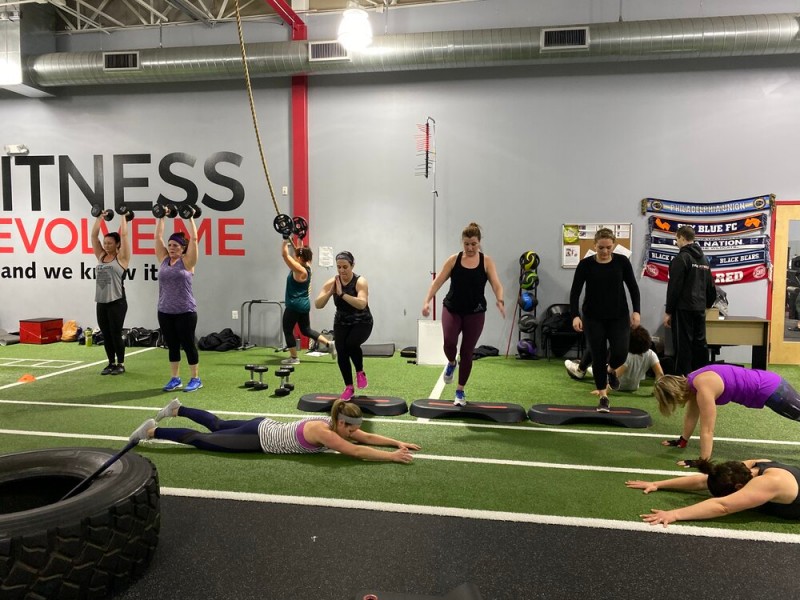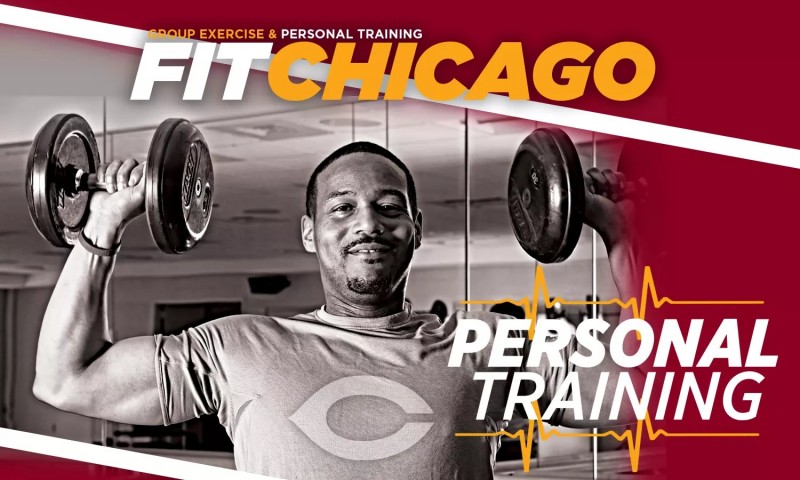Current location:Home > Fitness & Movement > Injury Recovery > Text
Time:2025-06-20 Source:Mind Body FuelAuthor:Click:137
Experiencing a calf strain can be a setback, especially for active individuals. Understanding calf strain rehabilitation and the best practices for recovery is essential for anyone hoping to get back to their normal routine as quickly as possible.
A calf strain, often known as a ‘pulled calf’, involves tearing of the calf muscle fibers. This injury typically occurs due to sudden movements or overuse, causing pain, swelling, and difficulty walking. According to a 2023 study conducted by the International Journal of Sports Medicine, calf strains account for a significant percentage of lower leg injuries in athletes.
Rehabilitation plays a crucial role in recovering from a calf strain. It not only helps in healing the injury but also strengthens the muscle to prevent future strains. Here, we will explore some effective strategies for calf strain rehabilitation.
Firstly, Rest, Ice, Compression, and Elevation (RICE) is a tried and true method for treating calf strains. This method involves resting the affected leg, applying ice to the area, using a compression bandage, and elevating the leg to reduce swelling. A 2024 study from the Journal of Injury Prevention and Rehabilitation found that patients who followed the RICE method experienced a quicker reduction in swelling and pain.
Apart from the RICE method, engaging in gentle stretching and strengthening exercises as the calf heals is vital. However, it’s essential to only start these exercises when the acute pain subsides, and always under the guidance of a physical therapist to avoid re-injury.
Hydrotherapy or water-based exercises can also be beneficial for calf strain rehabilitation. The buoyancy of the water reduces the load on the calf muscle, allowing for gentle strengthening without causing further damage.
Nutrition also plays an essential role in the rehabilitation process. Consuming a balanced diet rich in protein, vitamins, and minerals can significantly enhance muscle recovery. According to a 2025 report from the Journal of Nutritional Health, adequate nutrition can expedite the healing process of muscle strains.
Lastly, patience is key in calf strain rehabilitation. While it’s natural to want to return to your regular activities as soon as possible, rushing the recovery process can lead to re-injury or chronic issues. Therefore, it’s essential to listen to your body and only gradually increase your activity level as your calf heals.
Remember, everyone’s recovery journey is different, and what works for one person may not work for another. It’s always best to seek professional advice from a healthcare provider or physical therapist for a personalized rehabilitation plan.
By adhering to these tips and maintaining a positive mindset, you can facilitate your calf strain rehabilitation and get back to your active lifestyle in no time.

Utilizing a Heart Coherence Timer for Enhanced Wellness and Health

Unlocking the Health and Beauty Benefits of Wakame Alginate

Unleashing The Power Of Fitness Equipment: A Comprehensive Guide

Pilates for Full Body Workout: Enhancing Strength, Flexibility, and Wellness

Understanding the Vital Safety Features of Power Racks for Enhanced Workouts

Boost Your Workout: High-Intensity Interval Cycling for Optimal Health

Boost Your Wellness with Grip Strengtheners: A Comprehensive Guide to Hand Therapy

Boost Your Business with Effective Corporate Wellness Program Participation

The Ultimate Meal Prep Container Guide for a Healthier Lifestyle

Unleashing the Power of Camu Camu: A Vitamin C Superfood
 Utilizing a Heart Coherence Timer for Enhanced Wellness and Health
Utilizing a Heart Coherence Timer for Enhanced Wellness and Health
 Boost Your Workout: High-Intensity Interval Cycling for Optimal Health
Boost Your Workout: High-Intensity Interval Cycling for Optimal Health
 Boost Your Wellness with Grip Strengtheners: A Comprehensive Guide to Hand Therapy
Boost Your Wellness with Grip Strengtheners: A Comprehensive Guide to Hand Therapy
 Ensuring the Stability of Plant-Based Supplements: A Comprehensive Guide
Ensuring the Stability of Plant-Based Supplements: A Comprehensive Guide






Copyright @ 2025 Mind & Body Fuel Email:xya0876@gmail.com No:26148
Statement: The articles on this website are all from the Internet and do not represent any views. Before making any health decisions, you must consult your doctor.